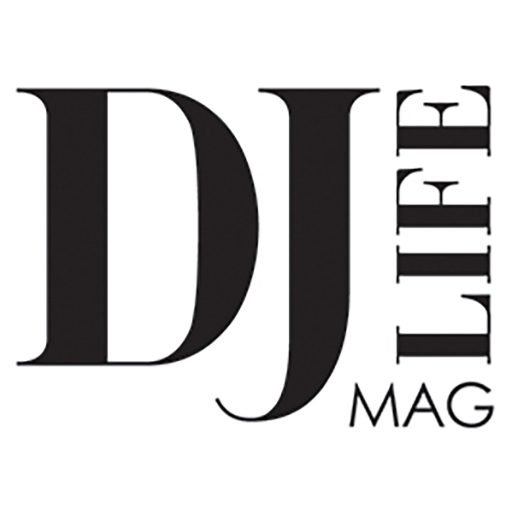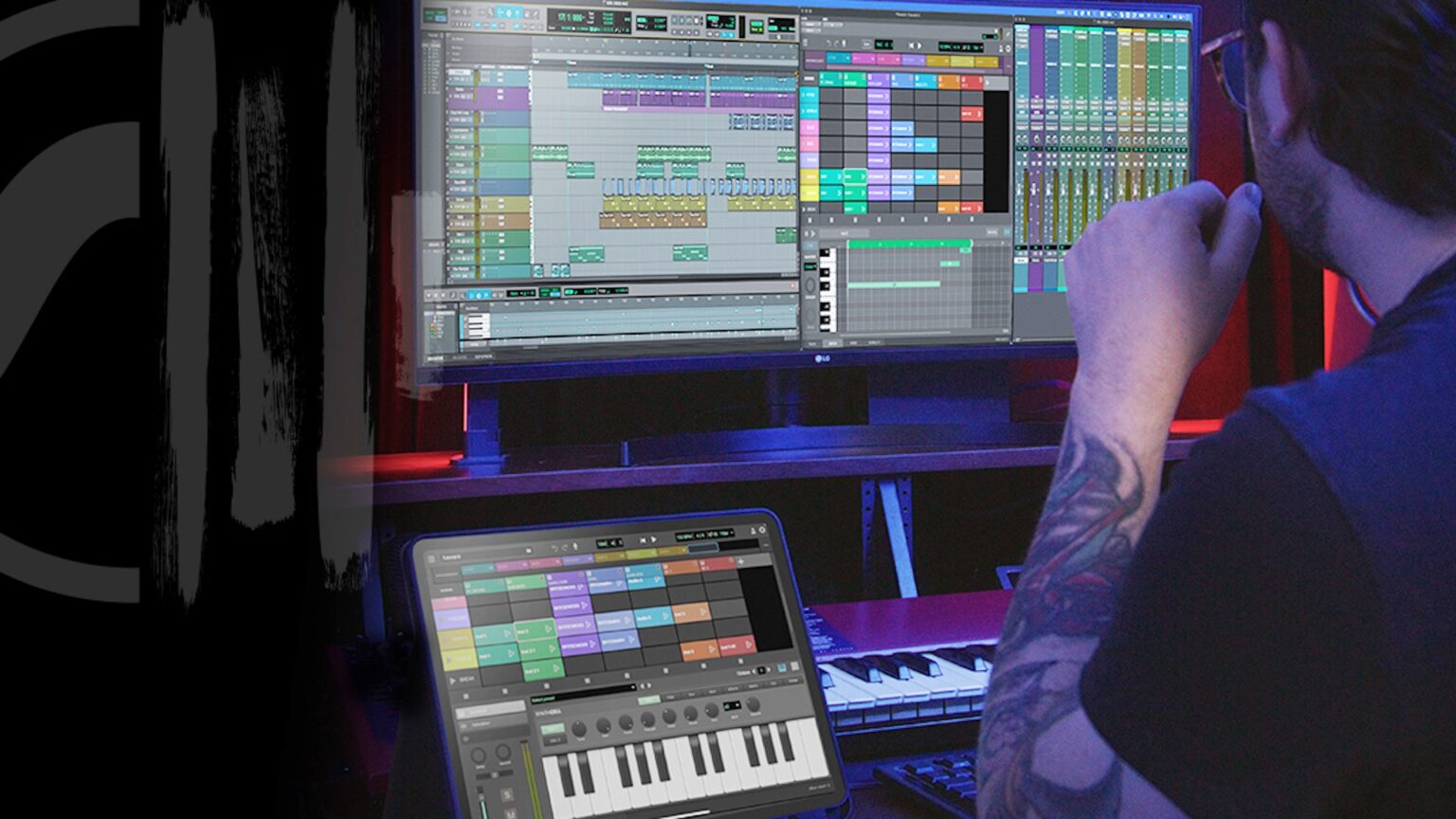“Sketch is both a window inside of Pro Tools, as well as an app for use on Apple iPad tablets.”
Something occurred to me recently as I was working my way through some of the software and hardware that’s in my home studio. It’s a thought that’s both overly simplistic, but also, I believe, a very powerful statement about the otherwise complex times we live in: At no time in music history has it been easier to create, record, and distribute music.
It’s a perspective that comes from occupying my space on the planet for an extended period (to put it artfully), and it’s something that’s probably taken for granted by many readers. But the past few decades have brought about a huge shift in the balance of power in the broader music industry, and I think we can credit one particular source for that shift: the emergence of Digital Audio Workstation, or DAW software. It is this software, and the ability to put so much power in the hands of the individual, that still leaves me a little awestruck when I remember “the before times” when getting your music to fans involved a fairly standard, well-worn path involving record labels, professional recording studios, producers, engineers, and more.
One DAW, in particular, was among the very first of its kind, and it’s one that dominates the market today: Avid’s Pro Tools. Alongside Logic Pro, Ableton Live, FL Studio, and many others, Pro Tools brings an ever-increasing array of capabilities to aspiring artists and producers, all the way up to working professional producers and engineers, and everyone in between.
But, by many measures, Pro Tools leads the crowded pack when it comes to DAWs, attributable to its longevity, wide use across myriad audio production use cases, and extensive feature set, among other factors. And after abandoning so-called “waterfall” releases clear back in 2015 (meaning periodic, major new releases vs. fast, more incremental ones), Avid has continued to be busy on the innovation front, releasing as many as six incremental updates each year, and clearly working to remain competitive with any newcomers.
Shifting from traditional, long-cycle, waterfall-style releases was more than a software development change for the company, it was also a business-model change — one that many other companies, both inside and outside of music, have adopted. I’m openly not a fan of subscription-based software in most cases. It’s often spun as a user benefit, but the real benefit isn’t to the user, it’s to the companies offering them; regular cash flow (via regularly paid subscriptions) makes it easier to profitably run a software business, which I can grudgingly understand.
I’m clearly not the only one pushing back against more subscriptions, and this year, Avid clearly took that to heart after a period of offering only subscription access to Pro Tools. While the company still leads with a subscription model for the software, the company also once again offers it through traditional channels, with a traditional perpetual-licensing model. That means users do have the option of spending money once, getting access to updates for a period, and then the user can choose to renew access to upgrades and updates after that as they choose. If you don’t pay, you can keep using your software; if you want new features, you pay for software maintenance once again.
That model aside, to their credit, Avid’s tiered approach to their Pro Tools subscriptions will make that path palatable for many. New customers can get started for as little as $9.99 per month, or $99 per year; that’s not bad. And updates multiple times a year keep the benefits rolling in.
Beyond the re-expanded licensing models for the software, Avid has rolled out a number of innovations in Pro Tools in 2023, and Sketch is one of the most interesting. Sketch is both a window inside of Pro Tools, as well as an app for use on Apple iPad tablets. The concept is inspired, no doubt, by its competition, who’ve offered similar functionality in the recent past, but it’s a powerful addition to music-production workflows. You can use the Sketch app anywhere you are with your iPad, and as the name suggests, sketch out musical ideas in a non-linear fashion, from the comfort of your couch — or anywhere else that’s arguably often more creatively inspiring than sitting in front of a computer under the dimmed lighting of your home studio. Sketch projects move easily to the full version of Pro Tools on the desktop, and all the tiers of Pro Tools support the workflow.
Moreover, numerous “quality-of-life” improvements have been made in Pro Tools over the course of the year. Among them is the ability to re-order plug-ins, and to add track markers — the latter being a pretty useful tool when working on projects. I find them invaluable to mark out the song structure of my tracks (where verses, choruses, breakdowns, bridges, and the like start), so having them now in Pro Tools is a big workflow benefit.
For Apple devotees like me, Avid introduced native Apple silicon support for that company’s newer machines with M1, M2, and soon enough, M3 processors. (Just in time, too, as I just updated my own home studio with a M2 Pro-based Mac.) Perhaps also Apple-inspired, Avid added support for AAC (M4A) files, on both import and export, something else I personally appreciate.
Finally, there’s a long list of other, smaller enhancements like improvements to the software’s already highly regarded automation; numerous improvements to multi-channel surround mixing; and the ability to export a selected range of a project — some of which depend on the more advanced (and costly) versions of the software.
Why Use Pro Tools?
With so many DAWs available today, and with all the major players in the space playing leapfrog (feature-wise) on a regular basis, it can be a little difficult to choose one if you’re new to music production.
For me, much of it comes down to how much the interface resonates when you use it, and whether that fosters investing the time needed to really get to know the software inside and out.
Thankfully, the price of admission with Pro Tools on that front is quite low: namely, free. Avid’s Pro Tools Intro will get you started, and is just a download away, and if you like what you see, the Artist version can be had for as little as $10 a month (OK, technically, $9.99), whenever you feel that you want to get serious about your projects. If you find yourself outgrowing that? Well, the Studio and Ultimate versions await as your skills, needs, and budgets increase, and both bring extra capacity and extra features (like mixing Dolby Atmos tracks if you want to play alongside the big boys and girls, as Apple, with its Apple Music service and myriad devices, continues to scream loudly from the hilltops about the benefits of immersive audio).
Conclusions
If you already use a modern, leading DAW other than Pro Tools, it’s a little tough for me to sincerely suggest changing gears. But for those just starting out, or those who are already accustomed to Avid’s powerful platform for music creation and production, but perhaps opted out of the upgrade cycles? Well, the company continues to demonstrate its commitment to the product with its continuous improvement and regular cadence of both bug fixes and compelling feature enhancements that continue to make it a top contender — just as it has been for years.
In addition, the company demonstrates that it does listen to its users, by ensuring that (once again) you can choose between subscription and perpetual licensing of the software. Subscriptions begin at $9.99 per month ($99 per year), and go up to $99 per month ($599 per year) for the feature-heavy Pro Tools Ultimate; special, educational pricing is available to those who qualify.


